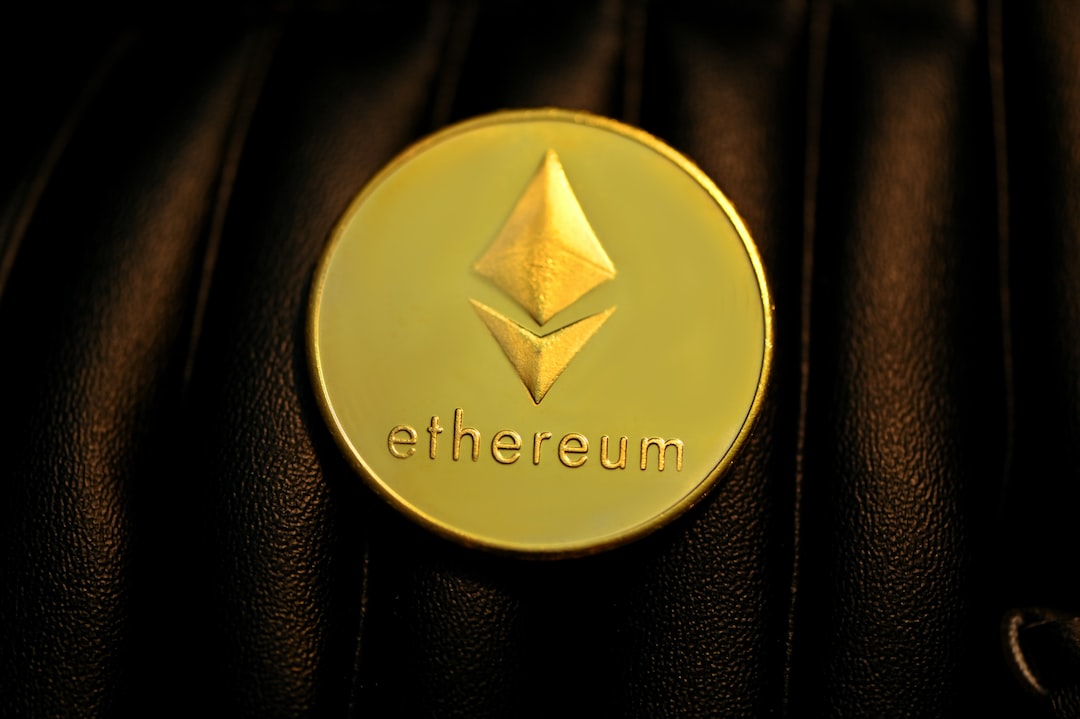70% of Premined ETH Distributed
A recent video featuring former Ethereum core developer Lane Rettig has revealed that 70% of the pre-mined ETH was immediately distributed. Rettig also suggested that the majority of these tokens went to the Ethereum founders.
These revelations have sparked discussions about the alleged misconduct during ETH’s early development, known as the ETH Gate. Previously, another Ethereum insider, Steven Nerayoff, made similar claims about ETH and its founders receiving regulatory leniency from the SEC.
Rettig’s statements imply that ETH’s founders may have acted greedily by distributing such a large percentage of pre-mined tokens. He mentioned leaving the Ethereum Foundation because he couldn’t support their actions.
Early Participants and Rumors
Rettig stated that employees at the Ethereum Foundation didn’t have access to information about who gained from this distribution. However, he mentioned ETH co-founders Vitalik Buterin and Joe Lubin, as well as the Ethereum Foundation, whose wallet addresses are public.
He also mentioned rumors of one or two individuals buying up significant percentages of pre-mine ETH due to participating pseudonymously without any limits.
Nerayoff recently made allegations supporting Rettig’s claims, stating that ETH was created to benefit a small number of players who hold the majority of Ether and accusing them of committing a major fraud.
Hot Take: Damaging Revelations About Ethereum ICO
New revelations from former Ethereum insiders have raised concerns about the stability and fairness of Ethereum’s Initial Coin Offering (ICO). It has been disclosed that 70% of pre-mined ETH was immediately distributed, with a majority going to the Ethereum founders. These allegations echo previous claims about regulatory leniency from the SEC. The distribution of such a large percentage of pre-mined tokens and rumors of a small number of individuals buying up significant amounts raise questions about the fairness and transparency of Ethereum’s early development. These revelations could have far-reaching implications for the Ethereum ecosystem.





 By
By
 By
By
 By
By
 By
By
 By
By
 By
By